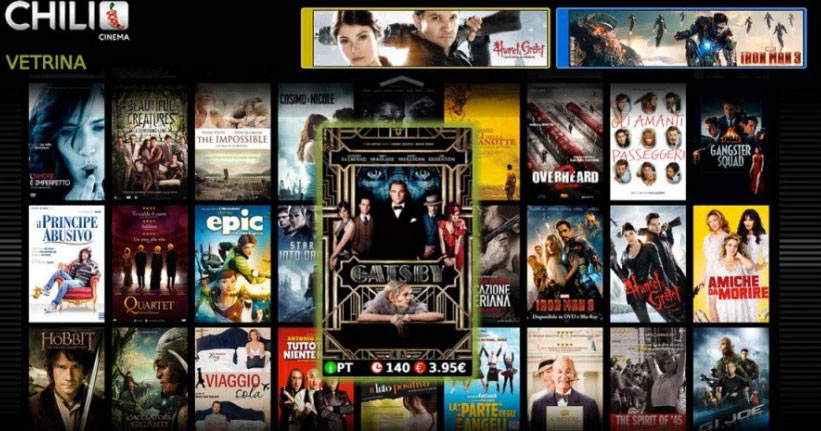Doubts are piling up as Minister Franceschini’s proposal for a “Netflix of Culture” takes shape. The much rumored project now becomes a discussion table between the state, investors and possible partners. One of these is the homegrown, but alas little-known, platform Chili, which imitates the now planetary Netflix that is instead some 180 million users strong. In the curriculum of the Cinderella Chili there are no or almost no cultural titles at the moment, and this is certainly not a good start. There are even more doubts about the private interests at stake as already pointed out by the association “Do you recognize me” in this article. A viable alternative could be the public Raiplay although its usability and programming is not even comparable to that of the U.S. company. How, moreover, to make profitable a programming that in itself is already free?
 |
| The Chili platform |
Net of the various proposals the main perplexity that comes to mind at the idea of a “Netflix of Culture” is this: if one uses a company name to give a term of comparison one assumes that the latter is an authoritative entity in the field. If we really must chase this digital chimera, why not set up the operation directly on Netflix? One could take advantage of the monstrous network of users already available and also its rights distribution system for authors. In short, why invent the wheel if it is already out there? Why invest millions if a suitable, ready-made container already exists? Certainly the content is still lacking, but for that there would be precisely the thousands of cultural professionals to make and publish it (we hope) on a meritocratic basis. Even without the cumbersome mediation of an “authoritative” guarantor like MiBACT. The last remaining doubt in the air in fact is just that. Who would screen the content? Who would decide the programming of the schedule? How would interventions be monetized and royalties recognized to artists? As we wait for the last knots to be untangled, we confidently await the reopening of museums, theaters and cinemas, the only real alternative to costly and, for the time being, hardly credible technological divertissements.
Warning: the translation into English of the original Italian article was created using automatic tools. We undertake to review all articles, but we do not guarantee the total absence of inaccuracies in the translation due to the program. You can find the original by clicking on the ITA button. If you find any mistake,please contact us.